Economic thinking
Introduction
Welcome to CIE3M: The Individual and the Economy. Over the next 20 learning activities, you will learn about your day-to-day interactions with the economic system and the influence you have over economic events.
In this learning activity, you will learn what economics is and why it is important to your daily life.
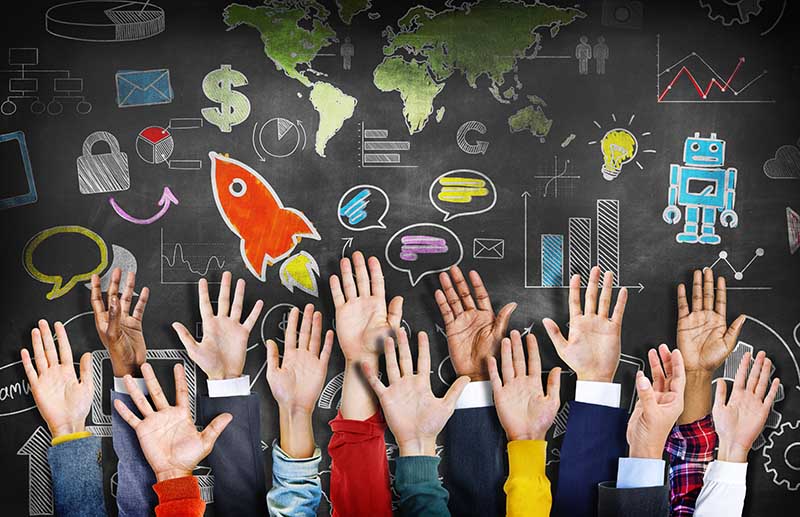
What you will learn
After completing this learning activity, you will be able to
- use economic vocabulary and begin to understand common economic definitions and terms
- describe the two major branches of economics and the two forms of economic analysis, demonstrating the understanding that they all consider questions of scarcity and choice
- analyze how the scarcity of the factors of production influences productivity and specialization
- compare how different economic systems answer the three fundamental economic questions about production
Rational choice
Economics is a social science. A social science is a subject that uses the scientific method to solve problems important to broader society. Other social sciences include anthropology, family studies, law, psychology, and sociology.
In economics, the scientific method is used to help people make decisions on the proper allocation of scarce resources. A “scarce” resource is a resource that is limited. For example, if you have five chocolate bars, then chocolate bars are scarce (because you have only five chocolate bars, not six). You will soon learn that all resources are limited. Even if you have $100 million, you still have a limited amount of money.

Since all resources are limited, we must learn how to use the resources that we have effectively. This is what economics teaches us to do: how to use our scarce resources most effectively, or how to make rational (logical) choices.
Needs and wants and scarcity
To determine the best way to deal with scarce resources, we need to define “needs” and “wants.”
A need is an item that is necessary for survival. For example, water, food, shelter, and clothing are universal needs.
A want is an item that is not necessary for survival but is nice to have. For example, exotic vacations, fancy TVs, and smartphones are all common Canadian wants.
Since money is a scarce (limited) resource, you should spend your money on needs such as food, before you spend it on a vacation. Once the money is gone, it’s gone.
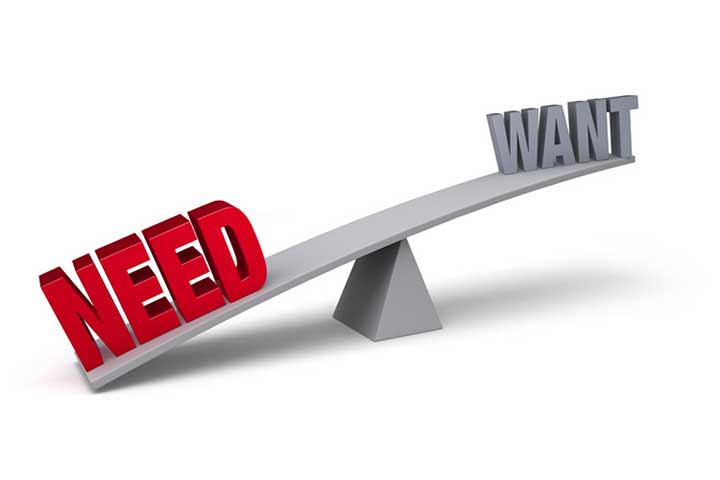
Your turn
Explain why the discipline of economics is sometimes called the science of choice.
Economics is interested in how society makes choices about the production and allocation of resources and products. Resources are scarce in relation to unlimited human wants. All societies must make choices, since they will never be able to produce everything that people want.
Microeconomics and macroeconomics
There are two branches of economic study with which you will become familiar throughout the next 20 learning activities: microeconomics and macroeconomics.
The first 10 learning activities of this course focus primarily on microeconomics because it relates directly to the things you see and do every day. It examines the individual behaviour of buyers and sellers, and employees and employers. It is also concerned with the interactions of markets and agents. Macroeconomics, on the other hand, is about the big picture.
In learning activities 11 to 20, you will focus on the entire Canadian economy and issues affecting it, such as the Bank of Canada, inflation, unemployment, economic growth, and public policy.
Economic processes
Three key economic questions
All economic resources are scarce. As a result, every society must answer three key questions about allocating its resources:
What should be produced?
When we ask this question, we are asking which goods or services should be provided for sale. Is it better to produce Product X or Product Y?
This is an extremely important question. As we have already learned, all resources are scarce, so we cannot produce everything. If we produce too much Product X, we will not have enough resources for Product Y.
A frequently used example is guns versus butter. If we produce too many guns (military/industrial machinery and infrastructure), we will not have enough resources left over to produce butter (consumer goods like food, clothing, and shelter).
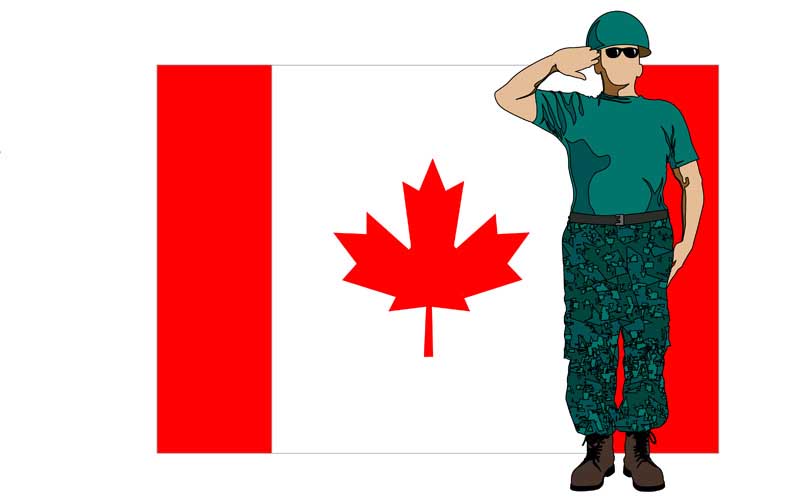
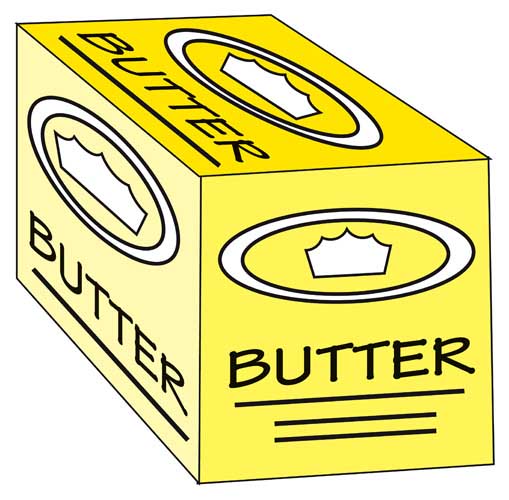
How should it be produced?
When we ask this question, we are asking what energy sources should be used to produce the “guns” or “butter.”
How should we get food?
What machinery or equipment will we use?
Remember: everything, including machinery and equipment, is scarce.
For whom should we produce it?
This is perhaps the most important of the three questions: Who should get the things that are produced? How does society decide? Do you get the goods or do I? How do we allocate these resources?
This is what economics is all about: deciding how to deal with scarce resources.
Throughout history, different societies have attempted to answer these three key questions differently. In this course, we will explore in great detail how Canada and its partners have decided to answer these questions.
Utility, self-interest, and social interest
Economics is often referred to as the “dismal science.” Put another way, economics encourages individuals to act selfishly, in their “self-interest.”
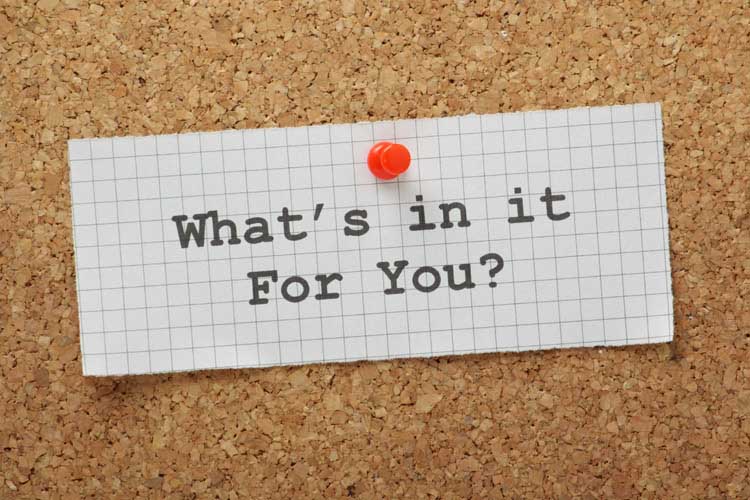
Every decision that you have ever made since the time you were born has been because you wanted to make that decision. It was in your interest to do so – there was something in it for you. We are all like this. In fact, this is the basis of economic reasoning.
Consider the act of buying a shirt you have just spotted at a store. You decide to buy it because the weather is cold or because you like the colour or because you want to impress your friends. Ultimately, you buy the shirt because you want to. If you didn’t want to buy the shirt, you wouldn’t buy it.
Likewise, the store clerk sells you the shirt because he or she wants to sell it to you. The store clerk is not selling you the shirt because they like you or care about you, or anything like that. The clerk wants to earn money from you, so they will sell you the shirt. If you do not give the clerk enough money – whatever the clerk is asking for – the clerk will not sell it to you.
This is the fundamental basis of self-interest: we all act in our own self-interest, which is how the economy functions.
By acting in our own self-interest, we also pursue the “social interest,” or what is good for society. In earning money by selling shirts, the store clerk contributes to society’s needs (the social interest) of wearing clothes. In buying a shirt, you contribute to the social interest of the economy by spending money and stimulating economic growth.

Finally, in buying the shirt of your choice, you are (at least moderately) happy with your purchase. If you were not happy with the shirt (size, colour, designer, and so on), you would not have purchased it.
Engaging in economic activity is meant to increase happiness among people, but different goods can provide different levels of consumer happiness. For example, a steak dinner might make people happier than a fast-food dinner of hamburger and fries. In economics, we refer to happiness that is the result of economic activity as “utility.” We might say that a steak dinner provides greater utility than a hamburger /and fries.
Later in this course, we will examine a way to calculate utility.
Your turn
Explain why scarcity forces choice.
Society cannot produce all the goods and services everybody wants because resources are scarce. The basic problem for all economies is unlimited needs and wants facing limited resources. To try to solve this problem, economies have to decide what goods and services to produce to best satisfy human wants and needs.
Identify and explain the three fundamental questions in economics.
- What is to be produced? All societies have to decide what types of products and what quantities of each it should produce every year. Should it put the emphasis on capital goods or consumer goods, on residential or non-residential goods, on electronic products or food stuffs and so on?
- How are these products going to be produced; that is, what technology should we employ? Should we employ a simple but labour-intensive technology, or make use of sophisticated but expensive machinery? Should we manufacture things in giant assembly-line plants or in small workshops?
- For whom are these products produced? How do we allocate the products and the resulting income between people? How are we to decide what share of the economic pie each person should receive?
Questions: Utility, self-interest, and social interest
Select the best answer from the options provided.
Production factors
Economic resources and factors of production
In economics, a “resource” is defined as something that produces something else. There are three categories of economic resources, also known as “factors of production” or “productive resources”: land, labour, and capital.
Land includes natural resources, such as the earth, that can produce minerals, food, and other needed resources. Labour includes the human beings who do the work that produces the goods. Capital (sometimes referred to as enterprise) refers to the money and machinery, buildings, and other equipment that are needed to produce the goods.
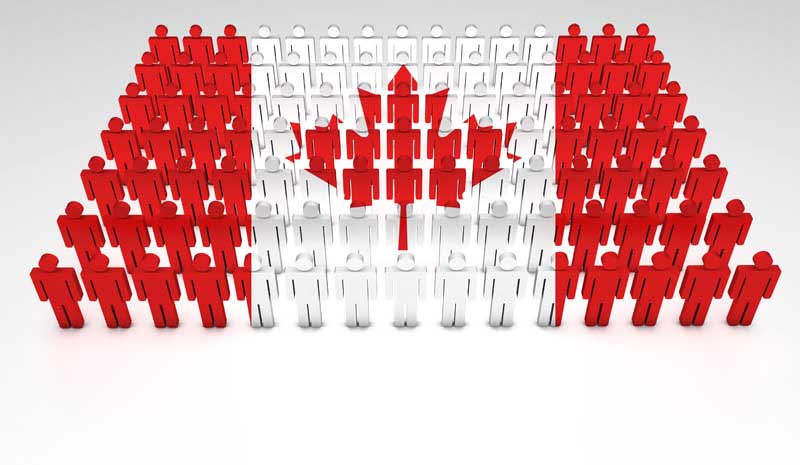
Questions: Production factors
Select the best answer from the options provided.
Economic systems
There are three types of economic systems:
- market economy,
- centrally planned economy, and
- mixed economy.
Market economy: Business, consumers, and government forces are independent and people buy and sell from others based on their self-interest (as discussed earlier in the learning activity).

In a market economy:
- Corporations and people are encouraged to own private property.
- Profit belongs to business owners and they can choose how to spend it.
- Companies compete in terms of quality, services, price, and warranties.
- Consumers have greater selection and companies have an incentive to innovate.
Centrally planned economy
Centrally planned economy: “Government controls all elements of the economy, including prices, wages, and production.”
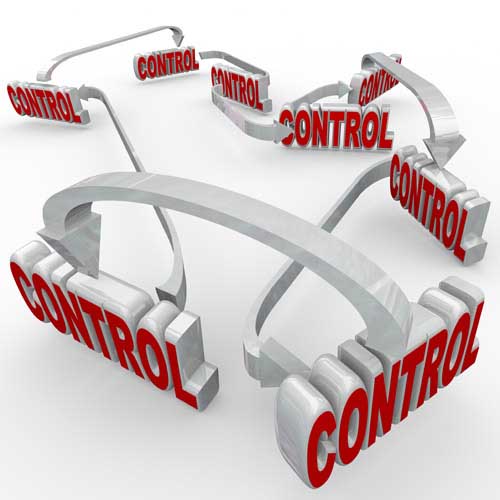
In a centrally planned economy:
- Ownership of property is restricted.
- All profit belongs to the government; all workers are employed by the government.
- Competition is limited; government determines price, quality, style, and amount of goods and services.
Mixed economy
Mixed economy: combination of “government intervention and /private enterprise.”
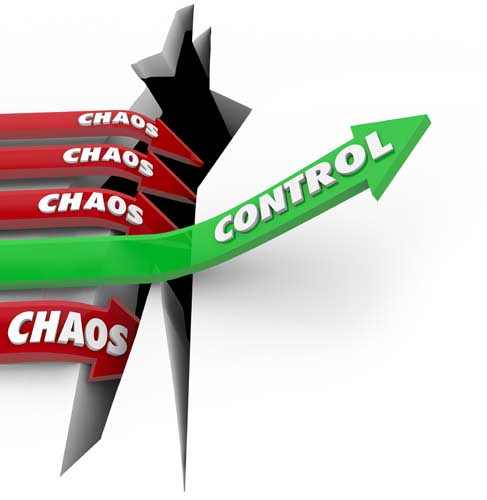
In a mixed economy:
- Property is owned by individuals, corporations, or government.
- Profit is encouraged, but taxed to support government projects and programs.
- Strong competition amongst corporations; government may also be a competitor.
Source for the definitions on this and the previous pages, which have been adapted: David Notman and Lorie Guest, Fundamentals of International Business, a Canadian Perspective, Thompson Educational Publishing, Toronto, 2010.
Normative and positive economic analysis
In addition to two branches of economics, you will become familiar with two forms of economic analysis: normative and positive.
As economics is a social science that deals with the scientific method, we must make hypotheses in economics, just as we would in any other science.
When we make hypotheses, we can declare them either “positive statements” or “normative statements.”
Normative analysis looks at what is generally accepted as the “norm.” For example, let’s say there is a proposal to lower sales tax. An economist may predict that this will benefit consumers of books. The statement that “a reduction in sales tax should normally make all booksellers lower their prices” is a normative statement.
Positive economic analysis is concerned with a more scientific approach. A positive statement is a statement of fact that can be proven to be accurate, one way or another. For example, in Canada, we use the mixed economic system. In general, positive statements are assertions that can be backed by data, while normative statements tend to be based on a system of beliefs or values.
A normative statement is often a statement based on opinion. Different people may believe different things about it. For example, “The mixed economic system is bad” is an example of a normative statement, because it is an opinion. You may believe, on the contrary, that the mixed economic system is good.
Questions: Normative and positive economic analysis
Select the best answer from the options provided.
Distinguish between a positive statement and a normative statement.
Positive statements are assertions about the world, which can be verified using empirical data. Normative statements are based on personal value systems and cannot be verified by facts.
Conclusion
In this learning activity, you learned some basic economics concepts and why these ideas are important to your daily life.
In the next learning activity, you will review some graph interpretation skills and you will begin to think like an economist!


